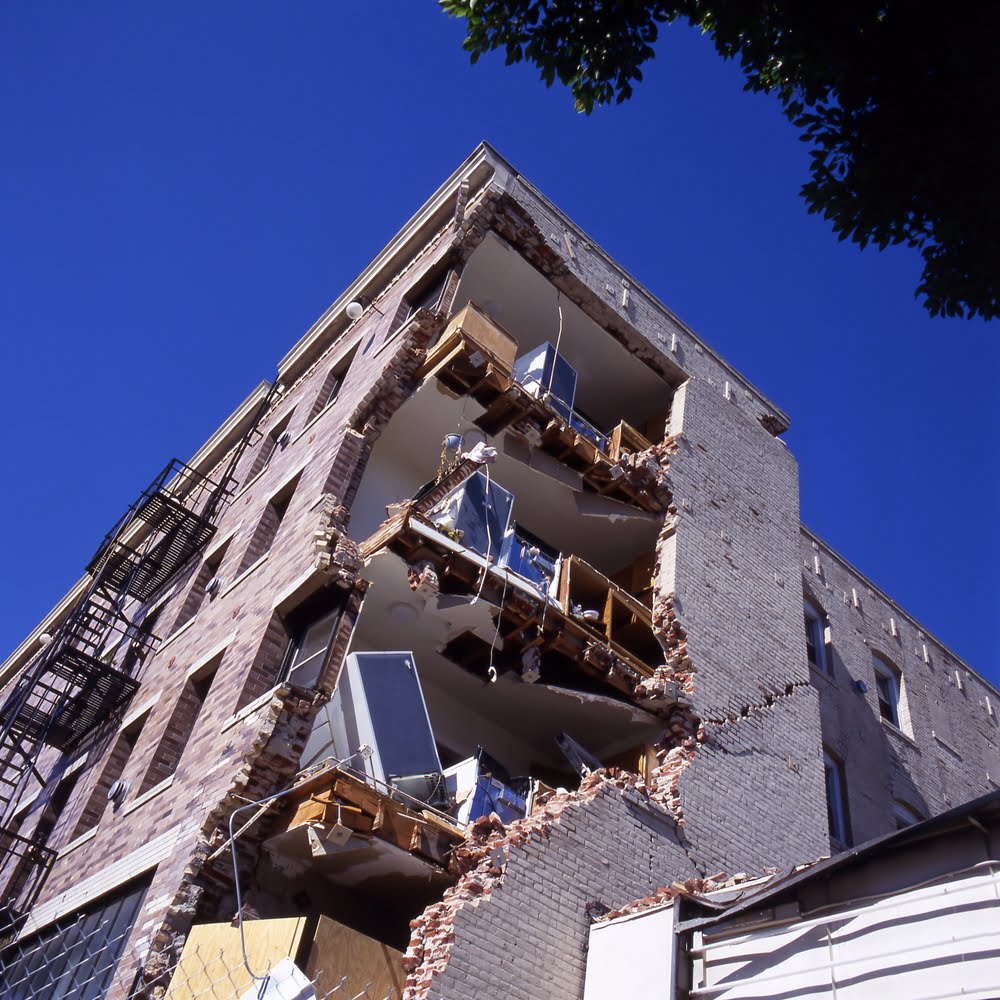New Zealand is a country prone to earthquakes and the 2011 events in Canterbury are a clear example. In response, the government has made efforts to redefine the seismic risk requirements that factor in a number of different legal processes and areas, such as construction law.
A new Amendment Bill in front of parliament is the government’s attempt to address these safety concerns. While the Bill focuses on strengthening and managing earthquake-prone buildings, it will also have major effects on the health and safety requirements of landlords.
How could the new earthquake act impact how you manage your commercial property?
New requirements for assessing building resilience
The Building (Earthquake-prone Buildings) Amendment Bill passed through its third reading in parliament last April. It was initially introduced in December 2013 and has passed through a number of rigorous readings by both Parliament and the Local Government and Environment select committees.
The Bill will bring in a number of new requirements that address the vulnerability of New Zealand’s older buildings to earthquakes and the fatal consequences that come with this vulnerability. One of which is the establishment of timeframes that manage when building owners must assess earthquake-prone buildings and the required actions that follow an assessment: Either strengthening or demolition.
The policy revision aims to create three “seismic risk” zones:
- High – buildings within high seismic risk areas must be assessed within five years and strengthened or demolished within fifteen years following the evaluation.
- Medium – buildings located in medium risk areas must be judged within 10 years and and action taken within 25 years.
- Low – buildings that are in this category only have to be assessed within 15 years and strengthened or demolished within 35 years.
The changes are aimed at restructuring the assessment and strengthening process around seismic risk, instead of the current national blanket requirements. One of the consequences of this new Bill is the impact it may have on the health and safety requirements of residential and commercial property landlords.
 Auckland is considered a low seismic risk area.
Auckland is considered a low seismic risk area.New landlord obligations under the Health and Safety Reform Bill
With the passing of the Health and Safety at Work Act, landlords will now be considered persons carrying out the business or undertaking (PCBU). PCBUs have a duty to ensure the safety of its employees and contractors, not to mention people affected by the business being performed.
Landlords typically control a business or undertaking, such as leasing premises. The landlord will therefore have a duty to its tenants, as they are the parties impacted by the landlord’s work (being the leasing of premises).
WorkSafe New Zealand’s position statement on earthquake-prone buildings draws together both the Amendment Bill and the health and safety requirements of landlords. The statement points out that the national health and safety regulator will not take action against a landlord or building owner if they are complying with its obligations to strengthen their property as set out in the current Building Act.
Yet, importantly, tenants that are worried about building components being a hazard in the event of an earthquake are encouraged to work with landlords to develop a solution. Landlords are expected to be responsive to these issues. What this means is that if tenants are worried about the vulnerabilities of the building, and these involve the landlord, it is expected that the landlord will take steps to eliminate or mitigate the effects of the hazard. This could be accomplished by undertaking strengthening work.
In practice, landlords are only expected to take reasonable steps to address a hazard or minimise its impact. As strengthening work involves significant costs and disruption, it is most probably not a reasonably practicable step to immediately begin such work. Landlords should thus plan and budget for strengthening work in the future or as soon as is reasonably possible.


